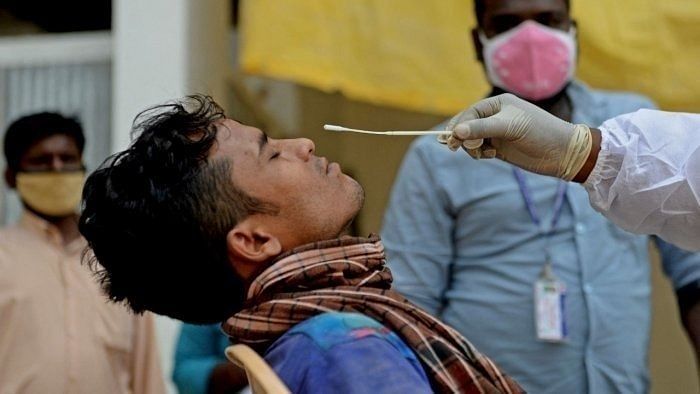
The Karnataka government which was caught napping when the second wave of Covid-19 hit the state, finally seems to have got its act together, though much more needs to be done. Had it woken up earlier and tied all loose ends, as it has attempted to do now, there would not have been any need for a lockdown which has caused much more misery than the pandemic itself.
While lack of cohesion marked the decision-making process right through, a semblance of order has now been restored with Deputy Chief Minister C N Ashwath Narayan being appointed head of the Covid-19 task force.
A series of decisions in the last few days—setting up of 24X7 triage centres in all assembly constituencies of Bengaluru, move to establish 100 ICU beds permanently at the district level, procurement of medicines and consumables for the next 90 days at Rs 260 crore, global tender for vaccines and augmenting oxygenated/ICU/ventilator beds, among others—inspires confidence that the government might have woken up from its stupor which had cost the state dear.
In a humanitarian gesture, the state has assigned a senior officer to identify children orphaned by Covid and to plan their long-term rehabilitation. The government has also appointed a panel under the chairmanship of cardiologist Devi Prasad Shetty to prepare for the third wave, though some medical professionals feel the team should have been headed by an epidemiologist with experience in the public health sector. The appointment of Gagandeep Kang, a prominent microbiologist as advisor on vaccination strategy, has, however, been welcomed by all quarters.
With the government failing to get the basics right in the first place until now, the night and weekend curfews and the ongoing lockdown, failed to break the chain of virus spread. Though the number of new cases appear to have fallen in the past few days, giving a false sense of security, the real reason is that the tests have dropped drastically, while the positivity rate continues to hover around 32 per cent.
It is also a matter of concern that tests have not been ramped up in areas like Dasarahalli in Bengaluru where the positivity rate is among the highest. Now that the government has swung into action, it is some consolation that the situation is not as grim as it were some days ago and experts believe there could be a drop in cases by month-end if the same efforts continue. While patients still struggle for beds and essential drugs, there is at least a glimmer of hope that the state might have embarked on the right path, though belatedly.